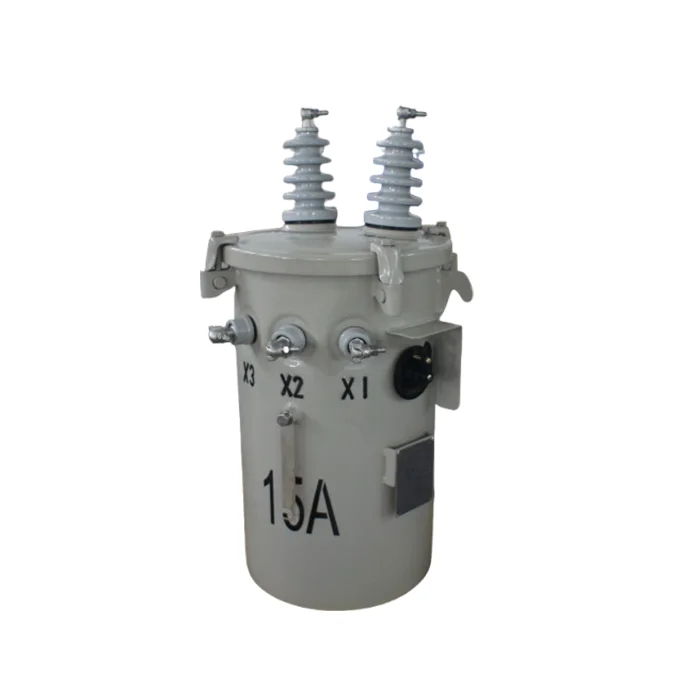Water is an essential resource for all living beings, and ensuring its purity is of utmost importance. The process of water purification involves the use of various chemicals that effectively eliminate contaminants and make it safe for consumption. In this blog post, we will delve into the world of water purification and explore the key chemicals used in this crucial process.
- Chlorine Compounds:
Chlorine compounds, such as chlorine gas, sodium hypochlorite, and calcium hypochlorite, are widely used in water treatment plants. These compounds act as powerful disinfectants, effectively killing harmful bacteria, viruses, and other microorganisms present in the water. Chlorine compounds are particularly effective against waterborne diseases like cholera and typhoid. - Ozone:
Ozone is a highly reactive gas that is used as an alternative to chlorine compounds in some water treatment processes. It acts as a strong oxidant, effectively destroying bacteria, viruses, and organic compounds present in the water. Ozone treatment is known for its ability to remove taste and odor issues caused by organic contaminants, making the water more palatable. - Activated Carbon:
Activated carbon is a porous material that is commonly used in water purification systems. It works by adsorbing organic compounds, chlorine, and other chemicals that may be present in the water. This process helps to improve the taste, odor, and color of the water. Activated carbon also plays a vital role in removing pesticides, herbicides, and industrial pollutants from the water. - Coagulants:
Coagulants, such as aluminum sulfate (alum) and ferric chloride, are used to remove suspended particles and turbidity from the water. These chemicals cause the particles to clump together, forming larger particles that can be easily removed through filtration. Coagulation is an essential step in the water purification process, as it helps in the removal of sediment, bacteria, and other impurities. - pH Adjusting Chemicals:
Maintaining the pH balance of water is crucial for effective disinfection and corrosion control. Chemicals like lime and soda ash are commonly used to adjust the pH of water during the purification process. By optimizing the pH levels, these chemicals enhance the effectiveness of disinfection and prevent the leaching of harmful metals from pipes and plumbing systems.
Conclusion:
Water purification is a complex process that involves the use of various chemicals to ensure the delivery of clean and safe drinking water. Chlorine compounds, ozone, activated carbon, coagulants, and pH adjusting chemicals all play vital roles in eliminating contaminants and maintaining water quality. By understanding the importance of these chemicals, we can appreciate the efforts made to provide us with access to clean and healthy water.










+ There are no comments
Add yours